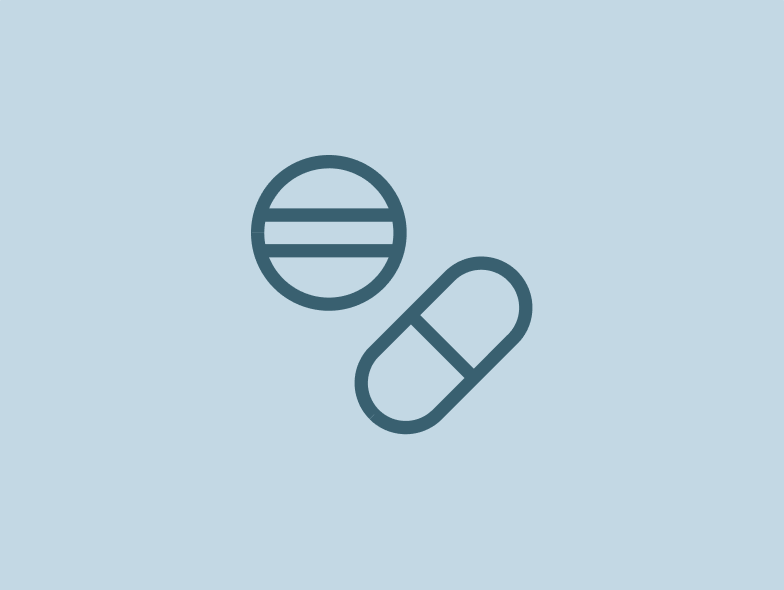ACYCLOVIR CAS NO 59277-89-3

Product Description
TIME SURPLUS LIMITED
-
CN
-
2018On CPHI since
-
1Certificates
-
1 - 24Employees
Company types
Primary activities
Categories
Specifications
TIME SURPLUS LIMITED
-
CN
-
2018On CPHI since
-
1Certificates
-
1 - 24Employees
Company types
Primary activities
More Products from TIME SURPLUS LIMITED (2)
-
Product GLYCOXYLICACID 50%,98% CAS: 298- 12-4,563-96-2(monohydrate)
Molecular: C2H2O3
Molecular weight:74.04
Appearance: colorless to pale yellow liquid, or solid(98%)
Odor:pungent odor of acetic acid
Boiling point:about 110oC(1atm)
PH:0.3
Melting point:48-52 oC(for solid)
... -
Product METRONIDAZOLE BENZOATE CAS NO 13182-89-3
Since metronidazole was banned, dimenidazole is almost the only choice. It can inhibit the redox reaction of amoeba protozoa and break the nitrogen chain; it is effective against protozoa such as trichomoniasis, trichomonas, porcine colonic ciliates, flagellates, eperythrocytes, etc.; it is effective again...
Position your company at the heart of the global Pharma industry with a CPHI Online membership
-
Your products and solutions visible to thousands of visitors within the largest Pharma marketplace
-
Generate high-quality, engaged leads for your business, all year round
-
Promote your business as the industry’s thought-leader by hosting your reports, brochures and videos within your profile
-
Your company’s profile boosted at all participating CPHI events
-
An easy-to-use platform with a detailed dashboard showing your leads and performance

